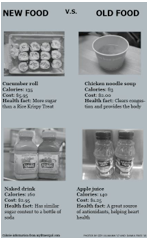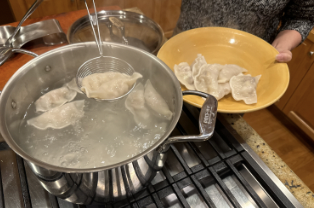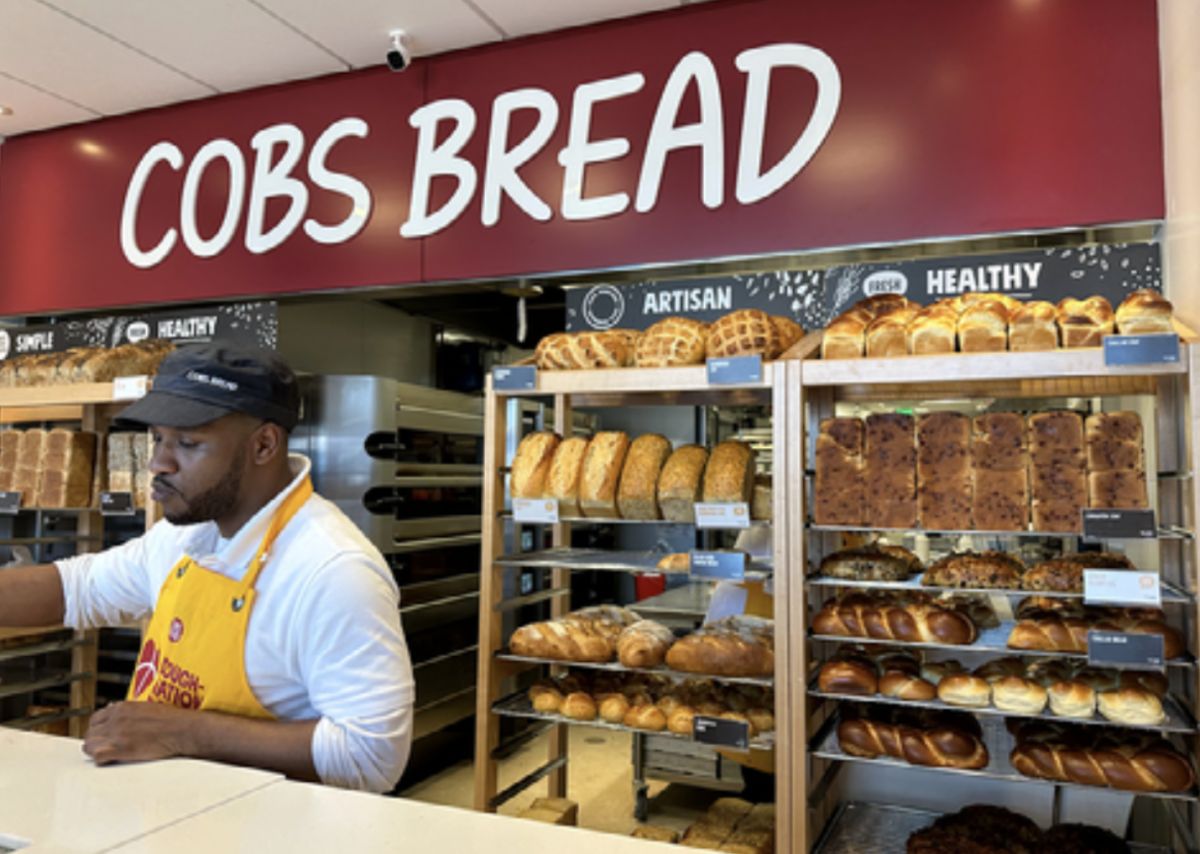In with the new foods, out with the nutritional benefits

There are two things as a high school student I have come to value above most other things: food and sleep.
When I have to sacrifice one for the other, it’s an altogether unfortunate situation. But here I am, a senior girl, waking up 20 minutes earlier to pack myself a lunch because I can’t rely on the cafeteria for a nutritious meal anymore.
Sure I could eat from the salad bar Monday through Friday, but eating the same thing each day is neither healthy nor desirable.
On the surface, the Staples cafeteria seems like it has made vast improvements towards health. They added sushi, Naked fruit juice and many more gluten free options such as Udi’s bread. However, one salad bar and a few plastic containers of soggy vegetable mixes are not appealing enough incentives for students to choose health over the endless supply of Doritos, mac and cheese, french fries, quesadillas and cookies.
In addition, many options that students perceive as healthy are not. In fact, The Mighty Mango Naked juice has more in common with Mountain Dew than it does an actual mango. In an eight fluid ounce bottle, both drinks have around 30 grams of sugar, 30 grams of carbs and no protein.
The inclusion of sushi is another example of food that is not as nutritious as it seems. A simple cucumber roll has over 10 ingredients including preservatives, artificial sweeteners and food coloring, according to its packaging. This roll also has 960 mg of sodium, almost half of the daily allowance recommended by the FDA. It also has 12 grams of sugar, more than the amount of sugar in a Rice Krispie Treat and Fruit Roll Up combined, not to mention there are 0 grams of protein. This $5 carton of empty calories is money that could be better spent on improving what the cafeteria already serves, such as the fruits and vegetables we are “required” to have with our lunches.
The quality of our fruits and vegetables is lacking and as a result, apples and bananas often get passed up for french fries and pizza. Currently, much of the fruit served in the cafeteria is not organic. The Environmental Working Group publishes a list of the most pesticide-ridden non-organic fruits and vegetables sold in the US every year, and apples top the list. We could and should be buying organic fruit from local farms in Connecticut. This not only supports local farmers, but it’s better for the environment, it’s better for us and it tastes better, too.
I’m not saying there needs to be a new menu in the cafeteria. I’m saying we should value quality over quantity. Spending money to add variety is not valuable if the food isn’t nutritious to begin with. The fruits and vegetables are one example, but much of the meat in the cafeteria is conventionally processed, which for any student who has taken junior health and seen “Food, Inc.” knows, that means there are numerous added hormones and chemicals in every bite. Another idea would be to upgrade the canola oil at the salad bar for olive oil, which is superior in health value and taste.
A school cafeteria should be a model of health for students, however the Staples cafeteria, though better than most, could stand to improve. Instead of spending money on items that do little for our health, like sugary juices and mediocre sushi, the school should spend its money and time improving what’s already there. In the mean time, I will continue waking up earlier.

Sophia Hampton ’15 can’t quite decide what she wants to do mainly because she wants to do everything.
“I can’t tell you what I want to do,”...


















































